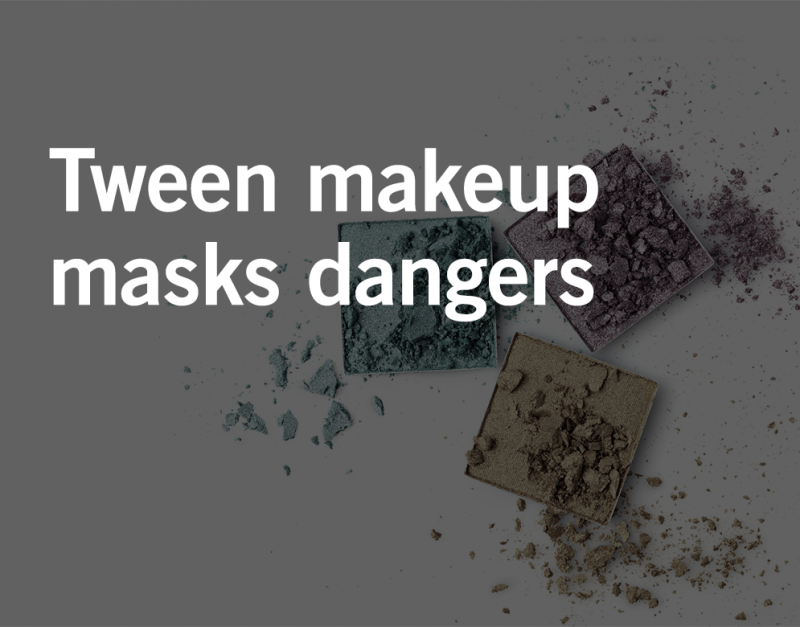 December 14, 2017
December 14, 2017 Popular clothing store Justice, formerly known as Limited Too, conducted an investigation involving potentially contaminated makeup marketed toward teens and children that was sold in its stores.
In response to a news station investigation conducted by the Scientific Analytical Institute (SAI) that found asbestos in its “Just Shine Shimmer Powder,” Justice conducted its own independent investigation. While the third-party testing lab used by Justice concluded the powder was not contaminated with asbestos, Justice stopped the sale of the product. However, this is not the first time asbestos has been found in products marketed toward children.
What is Asbestos, and What are the Dangers?
Asbestos is dangerous for anyone to consume, but especially young children, and asbestos-related illnesses, such as mesothelioma, generally have a long latency period of up to 30 to 40 years. This means that kids who are contaminated now may not show symptoms until their 40s or 50s.
Asbestos is a naturally-occurring fibrous mineral that was widely used through the 1970s for its insulating and fire-retardant properties. However, the mineral’s link to deadly diseases such as pleural mesothelioma and lung cancer has been known since at least the 1930s. When disturbed, it is possible for asbestos fibers to hang in the air around a person’s airways. When inhaled, these fibers can settle in the very bottom of the lungs where asbestos has the greatest likelihood to cause disease.
Starting in the 1980s, asbestos use was heavily regulated, but not altogether banned. Diseases such as pleural mesothelioma, which is caused by the inhalation of tiny asbestos fibers, have a latency period of up to 40 years – people exposed to asbestos prior to the 1980s may just now be showing symptoms of disease.
Malignant mesothelioma is an extremely aggressive cancer in which cancer cells are found in the sac that lines the chest, abdominal cavity, or heart. Asbestos exposure is the only known cause of this devastating illness.
How Does Asbestos Get into Makeup?
Talc is a naturally occurring mineral and a common ingredient used in grooming and beauty products, like baby powder and makeup. Sometimes asbestos deposits can be found within deposits of talc. When manufacturers fail to properly screen their products, asbestos-contaminated makeup can end up on the sales floor. Like the makeup formerly sold at Justice stores, other products intended for children have made it to market, such as contaminated crayons and quad bikes with asbestos parts. Thankfully, the widespread use of asbestos in the United States ended in the 1970s, as a result of the government enactment of strict regulations for workplace exposure. Unfortunately, more than 3,000 everyday products may continue to contain some amount of asbestos. And while asbestos is still allowed for restricted use in the U.S., it should have absolutely no place in products meant for children.
How Can Waters Kraus Paul & Siegel Help Victims of Asbestos Exposure?
Toxic tort litigation encompasses mesothelioma and other asbestos exposure cases. This type of lawsuit is generally brought against the manufacturers, distributors, or suppliers of a chemical or substance that causes injury or illness.
Waters Kraus Paul & Siegel has been representing asbestos victims for decades. The asbestos attorneys of this mid-sized plaintiffs’ firm aggressively fight to hold negligent corporations responsible for their use of asbestos, which has been known since the 1930s to cause deadly diseases such as mesothelioma. Email or call 800.226.9880 to discuss your potential lawsuit with the experienced asbestos attorneys of Waters Kraus Paul & Siegel.


